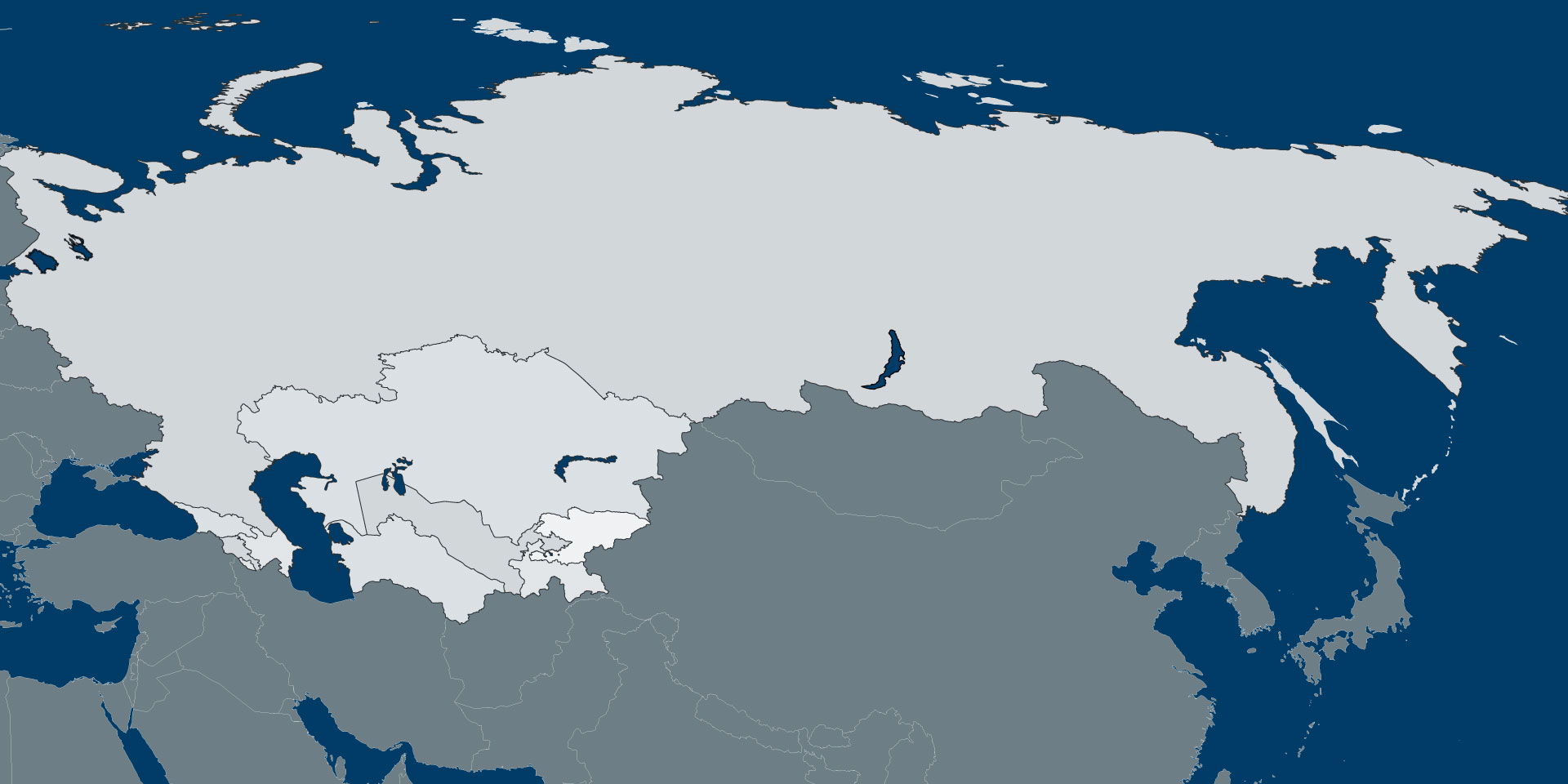[ad_1]
Delgadillo fought all the way to the Supreme Court to force the government to divulge details on the 2011 massacre, widely blamed on the Zetas cartel. Finally, she won. This year, authorities turned over the 271 volumes of their investigation to her human rights group. And there, in Volume 221, the 48-year-old lawyer found something startling.
The Zetas, it turned out, weren’t the only suspects in the case.
Mexican authorities secretly opened an organized-crime investigation into Delgadillo and two other women trying to unravel what happened in San Fernando, according to more than 200 pages of court documents reviewed by The Washington Post.
Opening the investigation gave prosecutors special powers to surveil the women. They obtained records of their phone calls and texts. Federal police then mapped their communications.
The three women are among the leading figures documenting Mexico’s crisis of the disappeared, in which more than 94,000 people have vanished. One is an award-winning journalist, Marcela Turati. Another is an acclaimed anthropologist, Mercedes “Mimi” Doretti.
The court records, which have not previously been revealed, provide a rare look at how Mexico’s government aims its considerable surveillance capabilities not only at criminals but also at human rights activists, journalists and other critics. The revelations come amid an outcry over the use of the special organized-crime statute.
The law gives prosecutors authority to monitor suspects’ communications, jail them without charge and limit their access to lawyers. It was passed in 2008 to fight narcotics groups so powerful that they were viewed as an existential threat by the Mexican government. Yet the measure has been used in recent years against politicians charged with corruption, business executives suspected of fraud, and even 31 scientists accused of budget irregularities.
The investigation of the three women “is an extremely revealing case of a dysfunctional, incompetent judicial system that is routinely used for abuse of power,” said José Miguel Vivanco, the Americas director for Human Rights Watch.
On Monday night, Delgadillo filed a lawsuit demanding that authorities close the investigation and examine abuses by the Special Prosecutor’s Office for Organized Crime. “It seems that they did this to try to find something and get us out of the way,” she said. “I can’t think of any other explanation.” She noted that some of the staff members who opened the investigation were still working in the unit.
The Mexican attorney general’s office denies that it uses organized-crime charges to target critics. It declined to comment Tuesday on the case against the women. Alejandro Encinas, the sub-secretary for human rights at Mexico’s Government Ministry, told The Post that the probe “is a clear sign of the arbitrariness that reigned under the old regime and in the [attorney general’s office], which criminalized journalists and human rights defenders.”
There is no sign that the probe revealed any evidence of wrongdoing by the three women. No charges were ever filed.
Delgadillo said the investigation formed part of a pattern in which the government has tried to deflect attention from its botched handling of the San Fernando case, in which local police allegedly cooperated with the Zetas. Families of victims have complained of mix-ups in receiving bodies and of cremations performed without their permission.
“From the beginning, [the authorities] have questioned our representing these victims,” Delgadillo said. “They don’t want these victims to be represented by anyone.”
Even for a nation submerged in violence, the killings in San Fernando marked a new kind of horror. It wasn’t just that the mass graves were the biggest discovered up to that point in the drug war. What had transpired was a slow-motion massacre on a highway 90 miles south of Texas. Gunmen stopped at least 10 long-haul buses over several days, dragged passengers off and crushed their skulls with sledgehammers. The assailants reportedly believed that the travelers were reinforcements sent to the region by a rival cartel.
San Fernando was already notorious for cartel violence. Just a year earlier, in 2010, 72 migrants from Central and South America were slain after being kidnapped on what came to be known as the “Highway of Death.”
Long before authorities acknowledged the crisis of disappearances, Turati had become the country’s leading journalist on the subject. It was one of her reporting trips that triggered the organized-crime investigation of the three women, according to the court records. In 2015, Turati wrote an article for the Proceso newsmagazine headlined “The San Fernando Mass Graves: Blunders of the Attorney General’s Office.” It described how authorities had failed to notify a mother about the discovery of the body of her missing 22-year-old son, found four years earlier with an ID card stuffed in a pocket.
After interviewing the mother, Turati handed her a piece of paper with her contact information and also Delgadillo’s number. “Mexico City lawyer (free),” Turati had scribbled. On Jan. 21, 2016, when the mother finally got official notice about her son’s corpse, she authorized Delgadillo’s group — the Foundation for Justice — to represent her.
Eight days later, events took a strange turn. The mother filed a complaint with the organized-crime unit, alleging that she hadn’t given Turati permission to publish information about her case and that the article could put her in danger. (Turati said the mother had cooperated willingly; the reporter used a pseudonym for her, “Ana,” to protect her privacy and didn’t publish the name of the town). The mother claimed that Delgadillo had accompanied Turati on the interview, something the journalist denies. The mother requested an investigation of how the women had found her home.
The organized-crime unit opened a kidnapping probe as part of the San Fernando massacre case, although there was no allegation that the three women were involved in any abduction. Investigators sent an “extra-urgent” order to Mexican phone companies to turn over records on all calls and text messages initiated or received by Turati, Delgadillo and Doretti starting in February 2015, plus information on their locations during each call.
“They had a perfect map of what we were doing for a year,” Delgadillo said.
The discovery of the organized-crime probe has left the women scratching their heads. Doretti, a recipient of a MacArthur “genius” grant, is known for finding evidence of crimes against humanity at gravesites in Iraq, Bosnia and other countries. Her group, the Argentine Forensic Anthropology Team, is so highly regarded that in 2013, the Mexican attorney general’s office formally accepted it as a partner in identifying the dead in San Fernando.
“It was the same investigators we were working with every day who wound up investigating us,” Doretti said. She said the Mexican agents might have been upset because her team had called for an inquiry into “serious problems” in their handling of the San Fernando graves. “I think they were looking to find something that could put the brakes on this,” she said.
It wouldn’t be the only time the organized-crime unit’s work was called into question. In March 2015, the Organization of American States sent experts to help the Mexican government investigate the disappearance of 43 students from a teachers college in the town of Ayotzinapa. The international experts became so frustrated with the organized-crime unit that they called for its removal from the investigation. The OAS team left Mexico in 2016 after complaining that its work had been obstructed and its phones had been tapped.
Mexico’s government has a long tradition of spying on politicians, journalists and civic activists, rooted in the authoritarian one-party system that ruled for most of the 20th century. But the case against Delgadillo and the two other women appears to mark the first known use of the organized-crime statute against reporters and human rights defenders.
Legal experts are expressing growing concern about the use of the special powers to investigate routine crimes or settle political scores.
“What began as an exception is turning into the rule,” José Ramón Cossio, a former Supreme Court judge, told The Post. “My concern is that every time prosecutors don’t have the ability to investigate or build a case, they are using this to form accusations.”
In one of the most controversial uses of the statute, 31 leading scientists were accused this year of misspending $12 million in government funds on cellphones, parking and an office. The scientists have denied wrongdoing, and Mexico’s academic community has rallied behind them. A judge has twice rejected a request to jail the scientists, citing a lack of evidence.
Delgadillo’s lawsuit has been joined by a half-dozen migrant assistance organizations. Several Central Americans who lost family members in San Fernando, and have been represented by Delgadillo, have also signed on.
“The government hasn’t wanted to investigate” the massacre, said Bertila Parada de Osorio, a Salvadoran woman whose 27-year-old son was killed. “Instead they opened a case to investigate those who were helping the Central American families — us, who are totally helpless.”
Alejandra Ibarra Chaoul contributed to this report.
For Mexico and U.S., awkward first steps to restart “Remain in Mexico”
The child migrant smugglers of northern Mexico
U.S. and Mexico try to mend strained security cooperation
[ad_2]
Source link




/cloudfront-us-east-2.images.arcpublishing.com/reuters/ARHZ5EW6L5LVVIRTRRXQNLFDWA.jpg)
/cloudfront-us-east-2.images.arcpublishing.com/reuters/6D7LMSN7WJK4JAWE4O2NVV377I.jpg)
/cloudfront-us-east-2.images.arcpublishing.com/reuters/EQY5WRZOLRJGNJN7IQNPODQHVU.jpg)










